The Old Dutch Tumbler pigeon is a breed of domestic fancy pigeon. As the name suggests, the breed is form Netherlands, and was actually developed over many years of selective breeding.
This breed and all other breeds of domesticated pigeons, all are descendants from the feral or wild rock pigeon.
The breed is named for it’s ability to spin or tumble in flight. It’s tumbling ability was then further refined by selectively breeding.
Today the breed is raised primarily for flying purposes, and some fanciers also raise them for exhibition purpose.
Currently the breed is popular and common in it’s native area, and also available in some other countries. However, read some more information about this beautiful breed below.
Old Dutch Tumbler Pigeon Appearance
Old Dutch Tumbler pigeon is an average sized breed. It has small but beautifully arched head with smooth, flowing, skull-line, round shaped from left to right.
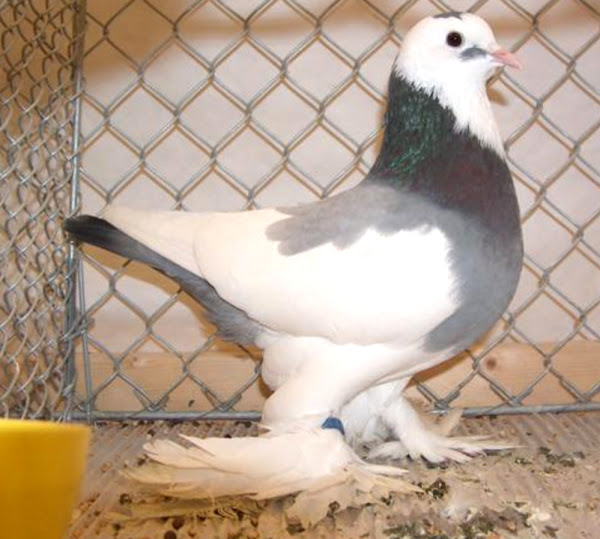
These birds have beak of medium length which is thin and straight. The beak is slightly bent at the tip. They have very smooth and neatly fitting wattle, and the wattle is powdered white in color.
Eyes of the Old Dutch Tumbler pigeon are usually of pearl color, and sometimes dark. And the eyes are situated high and deep into the skull.
The breast is broad and full, and it is somewhat prominent and carried low. Wings of these birds are very powerful with wide feathers tiffing closely to the body.
Their tail is short, narrow and smooth. And generally 12 feathers are nearly folded in the tail. Their back is short and broad, slightly falling off towards tail.
They usually have very short thighs and longer shanks. Plumage of the Old Dutch Tumbler pigeon is full and smooth, giving adequate shape to body and tightly fitting.
Uses
The Old Dutch Tumbler pigeon is a flying breed. It is mainly used for flying purpose. But some fanciers also raise them for exhibition purpose.
Special Notes
The Old Dutch Tumbler pigeons are very powerful birds. They are excellent flyers, and are able to tumble while in the flight.
Currently the breed is raised mainly for flying purposes. And it is also used for exhibition or show purpose by some fanciers.
The breed is also very good for raising as pets. However, review full breed profile of the Old Dutch Tumbler pigeon in the following chart.
| Breed Name | Old Dutch Tumbler |
| Other Name | None |
| Breed Purpose | Mainly flying, also exhibition and pets |
| Special Notes | Beautiful, very hardy and active, powerful, excellent flyers, tumble in the flight, good for exhibition purpose, good for raising as pets |
| Breed Class | Average |
| Climate Tolerance | All climates |
| Flying Ability | Excellent |
| As Pets | Good |
| Color | Many |
| Rarity | Common |
| Country/Place of Origin | Netherlands |

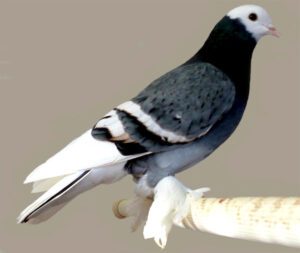
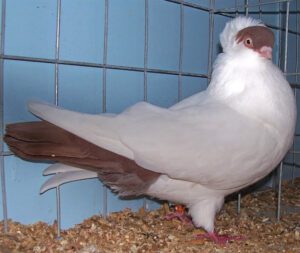
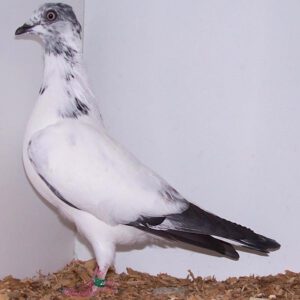
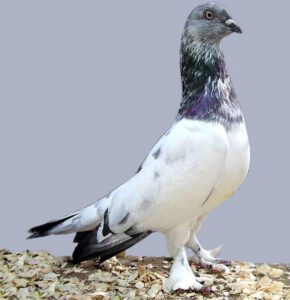

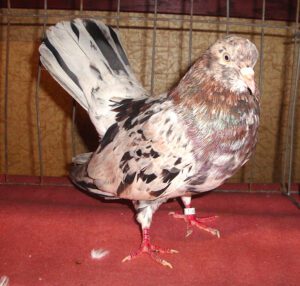
A pigeon has shown up at my house. If I’m correct, it looks like an Old Tumbler. Should I try to catch it??? Can it survive on its own?? I know nothing about these birds.
You should not disturb the bird. Catch it and help it only if it is sick. Good luck!